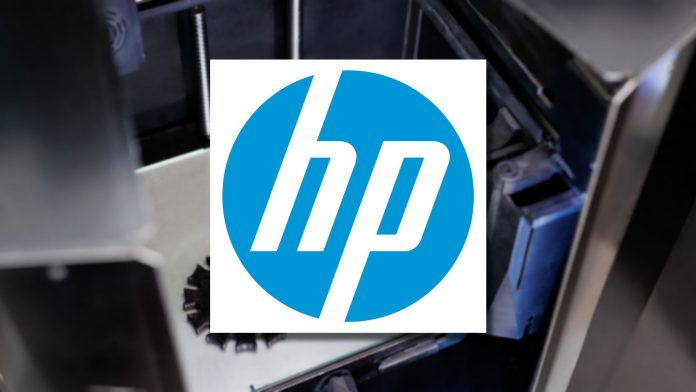At the RAPID + TCT 2025 conference, HP has unveiled innovative advancements in its additive manufacturing solutions that stand to reshape the automotive industry and beyond. With a focus on cost reduction, production scalability, and enhanced customization capabilities, these developments could greatly benefit small businesses looking to leverage 3D printing technology.
HP has partnered with Blazin Rodz, a company dedicated to transforming vehicle design, to showcase a stunning example of what’s possible with their Multi Jet Fusion (MJF) technology. The collaboration has birthed a vehicle boasting over 75 HP MJF-printed parts, earning recognition as SEMA 2024’s Best Engineered Vehicle of the Year. This striking vehicle not only highlights the aesthetic potential of 3D printing but demonstrates the technology’s practical applications in producing highly functional automotive components that can significantly reduce time-to-market.
"The gap between automotive OEM and aftermarket is closing, and Blazin Rodz is honored to partner with the team at HP," said Riccardo Salatino, Partner/Master Builder at Blazin Rodz. "There really are no limits anymore when it comes to leveraging CAD Design and 3D printing to build high-performance custom vehicles faster and better." This sentiment reflects a growing trend where small automotive businesses can adopt advanced manufacturing technologies to enhance their product offerings and streamline operations.
An exciting development presented by HP is the new Halogen-Free Flame-Retardant 3D Printing Material, HP 3D HR PA 12 FR. With a reusability rate of 60%, this material significantly lowers costs while improving sustainability, addressing two crucial considerations for small businesses navigating tight budgets and increasing environmental scrutiny. The material meets stringent safety standards, ensuring that companies can produce strong and compliant components, which can be an attractive selling point.
The introduction of HP’s AI-driven Text to 3D Solution marks another innovative leap. This technology enables users to create detailed 3D printable files from simple text prompts, democratizing the design process. For small businesses, this could mean reducing reliance on specialized design skills and accelerating the prototyping phase. "The dynamic cosmetic customization of CAD files with AI-generated design represents a reimagining of 3D printing," HP stated during the unveiling. Such advancements could catalyze a shift where small businesses feel empowered to innovate without heavy upfront investments in design software or labor.
Though these innovations come with profound benefits, small business owners should also consider potential challenges. Transitioning to advanced 3D printing practices may require initial investment in new technologies or training for employees. The integration of AI tools presents a learning curve that some businesses may find daunting. Moreover, while the availability of new materials and technologies expands options, it might require small businesses to adjust their manufacturing processes significantly.
Eaton’s recent release of the Circuit Protector Lock-On Device illustrates how other companies are utilizing HP’s 3D printing technologies for practical applications. By leveraging MJF technology, Eaton quickly produced high-quality units for critical safety solutions, suggesting a trend that smaller firms could capitalize on for rapid prototyping and market responsiveness.
The partnerships and innovations HP showcased also highlight the increasing importance of collaboration in the 3D printing space. As HP continues to advance its offerings, small businesses may find opportunities to collaborate with larger entities to harness cutting-edge technology and share resources. The rise of additive manufacturing technologies can level the playing field, allowing smaller entities to compete in ways previously dominated by larger firms.
As HP progresses with its additive solutions, small business owners can glean actionable insights: adopting advanced materials like the flame-retardant HP 3D HR PA 12 FR can reduce costs and improve sustainability, while innovative design tools like the AI Text to 3D Solution can streamline operations and expand product offerings. By staying informed and being adaptable, small businesses can effectively leverage these technologies to enhance their competitiveness in an evolving marketplace.
For more detailed information on HP’s announcements and technologies, you can visit the original press release here.
Image Via Envato: StudioPeace



